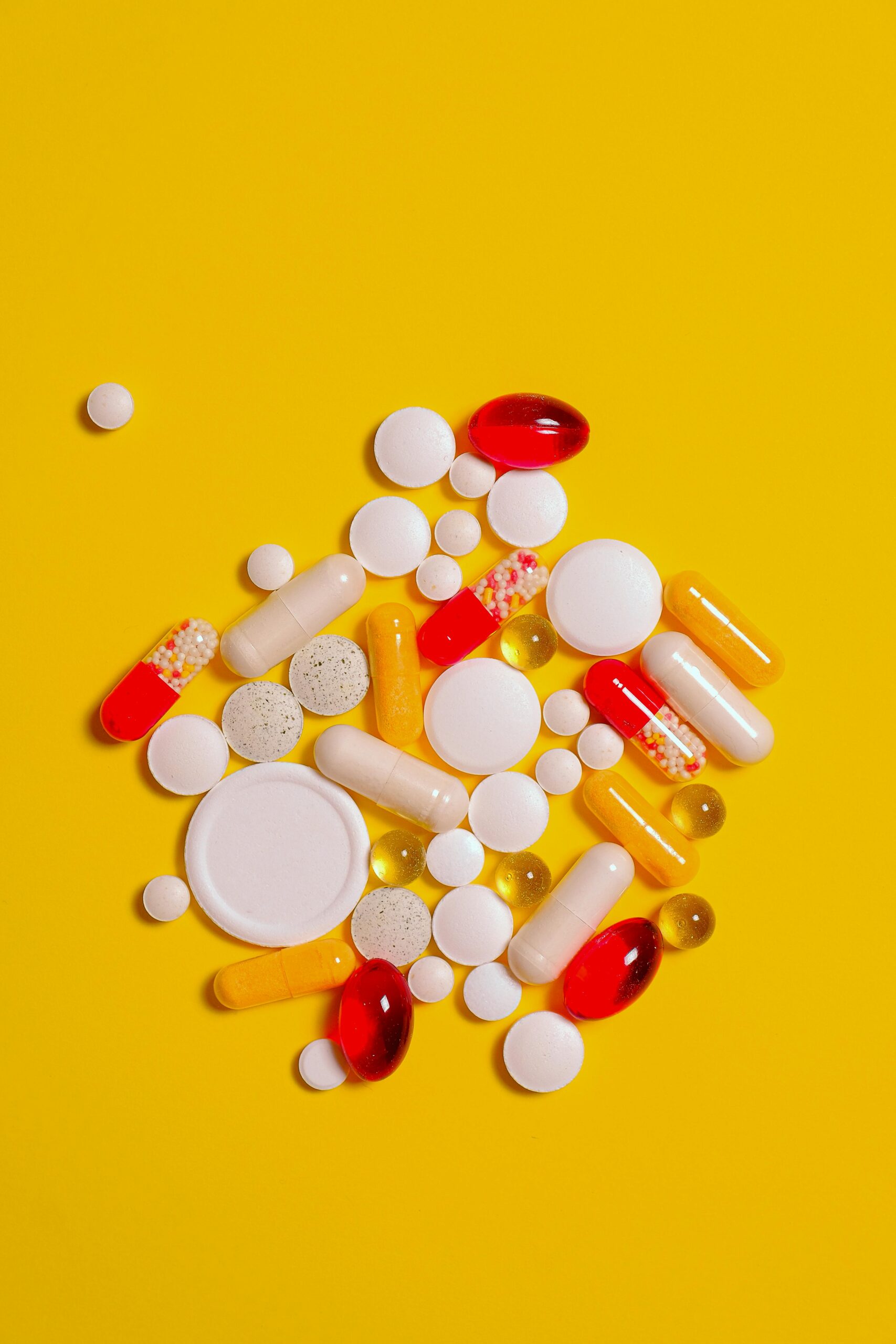Ways to Increase Protein Intake
1. Substitute Greek yogurt for regular yogurt
Healthier food swaps are key to adding more protein to your diet. Try swapping out regular yogurt for its protein-packed counterpart, Greek yogurt. A 4-ounce serving of Greek yogurt will net you about 10g of protein. For a supercharged snack (that will get you even more protein), add your choice of nuts, granola, fruit or chia seeds on top. You can also substitute sour cream for Greek yogurt.
2. Go with quinoa instead of rice or pasta
Quinoa is a complete protein, meaning it contains all 9 essential amino acids you need. Amino acids are important for repairing damaged muscle tissue, nutrient absorption, and helping your body function at an optimal level.
One cup of quinoa will get you approximately 8 grams of protein and 5 grams of fiber. Not only is quinoa a solid protein source, but it can also help prevent constipation and keep you feeling fuller for longer (which are just two of the many benefits of a high-fiber diet). Quinoa also contains insulin-like growth factor 1 (IGF-1), a hormone synonymous with muscle growth.
3. Use protein powder
This is probably the easiest and most convenient way to add more protein to your diet. Protein powder is a quick option you can go to in a pinch. You can use it to make a quick protein shake post-workout and there are also a ton of delicious recipes you can make with protein powder as a main ingredient. Be sure to check out our recipe hub for some ideas!
Many protein powders are relatively low in calories but quality matters here. Make sure you are using high-quality whey protein and avoid protein powders with unnecessary ingredients, fillers, and sweeteners. But at the same time, it checks the box of helping you build muscle. So it’s like you’re getting the best of both worlds.
4. Mix some egg whites into your diet
Egg whites have less fat than whole eggs and they’re packed to the brim with protein. Consider starting off your mornings with a high protein breakfast consisting of an egg white omelet with all your favorite veggies.
5. Eat more beans
If you’re looking for the best vegan/vegetarian protein source, beans may very well be it. Add more protein to your diet with black beans, kidney beans, lentils, kidney beans, you name it! You can easily add beans to your salads or soups. Like quinoa, beans are also super high in fiber.
6. Surf’s up with fish
To say fish contains a lot of protein would be an understatement. For example, just 4 ounces of salmon comes jam-packed with 23g of protein and 4 ounces of canned tuna will get you a whopping 28g of protein.
Besides being loaded with protein, fish also has an abundance of omega-3 fatty acids. Research has shown that omega-3 fatty acid:
- Help maintain a healthy cardiovascular system*
- Support brain health*
- May help with exercise-induced inflammation*
7. Choose lean meats
When you go with lean meats, you can avoid the high fat that comes with regular meats while still getting plenty of protein.
Some good lean meat high-protein foods include:
- Chicken breast
- Turkey breast
- Pork tenderloin
- Top sirloin
- Lean beef (such as 93/7 or 96/4).
8. Try cottage cheese
There’s whey protein (a fast-digesting protein) and then there’s casein protein. Casein is a slow-digesting protein, and like whey, it helps you recover in between workouts, maximize muscle growth, and fills you up so that you can stay on track with your diet.
Cottage cheese is chock-full of casein protein. Just one cup provides about 25g of protein. Add in some fruits like berries, sliced bananas, or apple chunks with some cinnamon for the ultimate high-protein breakfast or snack.
9. Pick whole-grains
For foods like pasta and bread, whole-grain options will usually have the most protein. And not only that but they’re healthier compared to more refined options. Whole grains contain more vitamins, nutrients, and fiber.
Publisher: Source link



